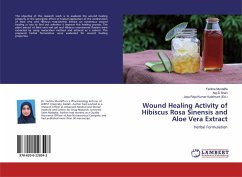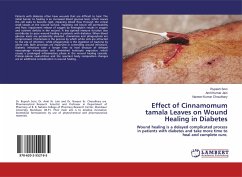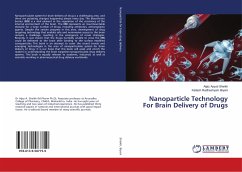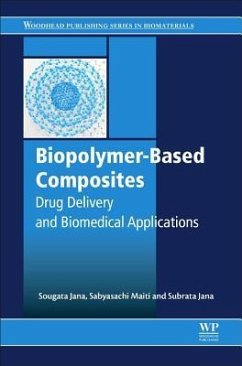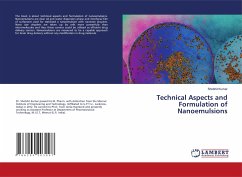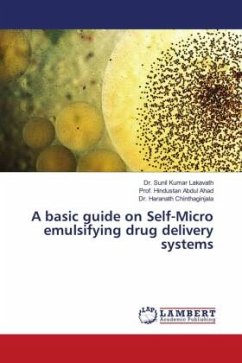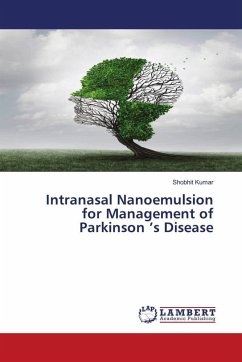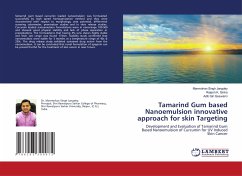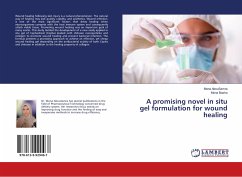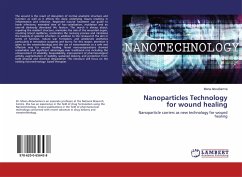
Nanoparticles Technology for wound healing
Nanoparticle carriers as new technology for wound healing
Versandkostenfrei!
Versandfertig in 6-10 Tagen
27,99 €
inkl. MwSt.

PAYBACK Punkte
14 °P sammeln!
The wound is the result of disruption of normal anatomic structure and function as well as it affects the deep underlying tissues resulting in inflammation and infection. Neglected wound treatment can guide to harsh infections, extended time of hos pitalization, mutilation and an over-all obviously decreased life feature. The search is always about; repairing the resident structure, maintains the role of the wounded organ, counting blood capillaries, accelerates the recovery process and minimizes the hazards of systemic infection. In addition to the renewal of the skin in terms of function, re...
The wound is the result of disruption of normal anatomic structure and function as well as it affects the deep underlying tissues resulting in inflammation and infection. Neglected wound treatment can guide to harsh infections, extended time of hos pitalization, mutilation and an over-all obviously decreased life feature. The search is always about; repairing the resident structure, maintains the role of the wounded organ, counting blood capillaries, accelerates the recovery process and minimizes the hazards of systemic infection. In addition to the renewal of the skin in terms of function, reduce scar formation, and ameliorate aesthetics particularly in renovation surgeries and burns. For this reason, attention is given to the nanotechnology and the use of nanomaterials as a safe and effective way for wound healing. Novel nano-preparations showed remarkable and significant advantages over traditional one including the enhancement of solubility, bioavailability, improvement of pharmacological activity, augmentation of stability, sustained delivery, and protection from both physical and chemical degradation This literature will focus on the existing nanotechnology- based therapies



